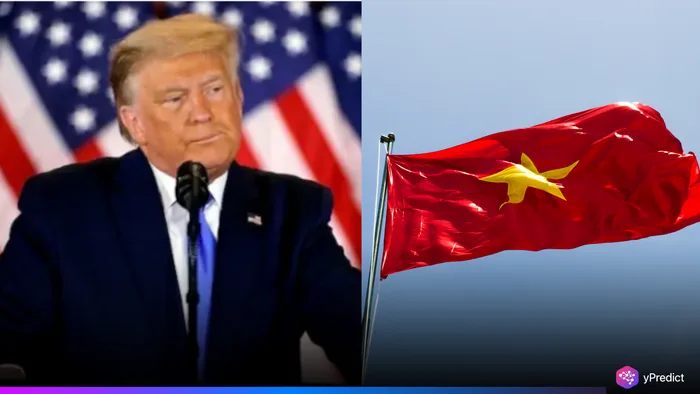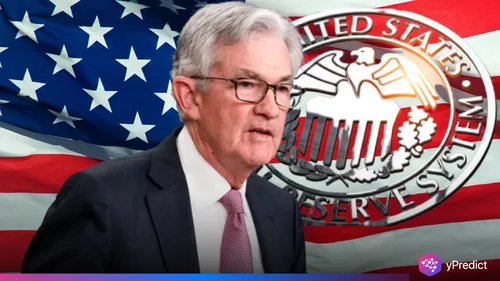
The Vietnamese government was shocked when former US President Donald Trump announced a sudden 20% tariff on Vietnam’s exports. The announcement, made last week without warning, shocked trading circles in both countries. Vietnam had no idea they would face this action, and now they are trying to contain the damage.
The two countries have established a strong trading partnership in recent years, and Vietnam has become an important manufacturing partner for global brands. Many firms are American corporations. However, this new Vietnam tariff is threatening this growth. The timing and magnitude of the tariff raised alarms throughout key sectors for exports in Vietnam.
Sharp Policy Shift Creates Trade Confusion
The 20% tariff marks a major change in U.S. trade policy. For many companies that use Vietnamese goods, particularly in the areas of electronics, textiles, and furniture–this came as a massive surprise. There are a lot of shipments stuck, and companies have no idea how to deal with the extra costs.
The move also sends a confusing message. On one hand, the US has been trying to reduce its dependence on China. On the other hand, it is now targeting Vietnam, a country many saw as a friendly alternative. The decision disrupts more than just trad,e it challenges trust.
Vietnam Responds with Urgent Diplomacy
Vietnam isn’t taking this quietly. Senior officials are reaching out to their US counterparts, urging talks to reduce or cancel the tariff. The Ministry of Industry and Trade is leading the push, hoping to find some middle ground before things spiral.
Inside Vietnam, leaders are also talking to businesses and foreign partners. The goal is to show that Vietnam still wants open trade and strong ties with the US. But they also want to be treated fairly. Quick decisions like this, without discussion, risk long-term damage.
Economic Costs Are Already Visible
The Vietnam tariff is not just a headline. It’s already hurting. Exporters are watching orders slow down. Some are delaying shipments. Others are bracing for price hikes that might make them less competitive in US markets.
American buyers aren’t immune either. Furniture, clothing, and other Vietnamese-made goods will cost more. That cost often gets passed down to shoppers. In the end, both sides lose. That’s why so many experts think this tariff is a mistake.
Politics at Play in the Trump Administration
There’s a bigger story here. With US elections nearing, Trump is turning again to hardline trade moves. He’s pushing the “America First” message, even if it upsets long-time trade partners. For Vietnam, that’s a big challenge. They want stability, not political games.
Experts believe Vietnam will try every possible route diplomacy, business alliances, and global pressure, to reverse or soften this tariff. But the Trump administration isn’t known for backing down easily.
What’s Next for Vietnam and US Trade?
Vietnam has spent years establishing itself as a reliable, low-cost manufacturing hub. However, a trade war with the US puts that effort in jeopardy. But, more than that, it is an examination of how well Vietnam will defend its place in the world trading system.
As negotiations continue, businesses, trade officials, and investors will be closely watching. A peaceful resolution is possible, but truthful work will need to be done on both sides. The fate of the Vietnam-US trade relationship may be determined within the coming weeks.







